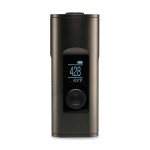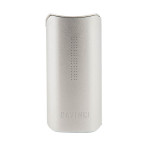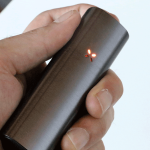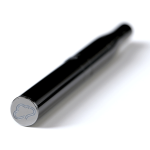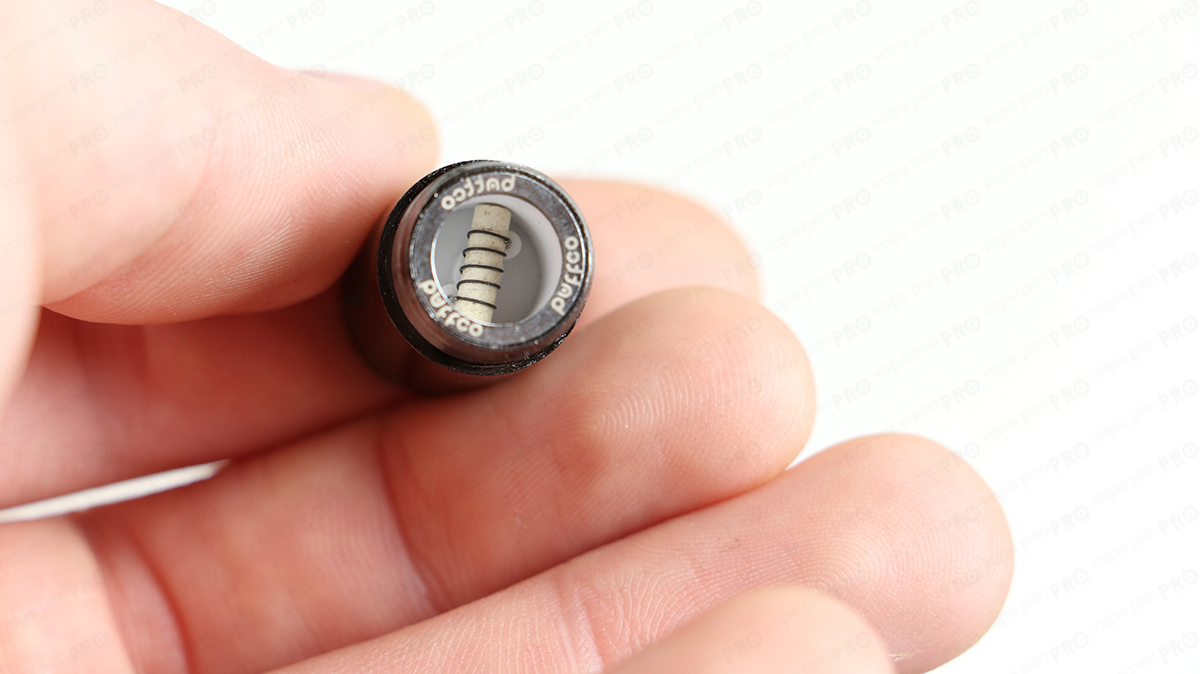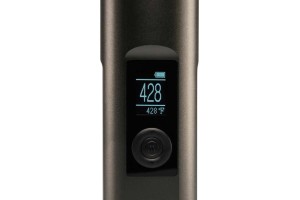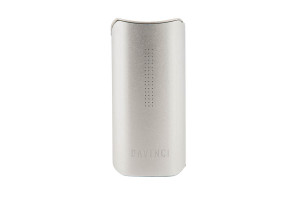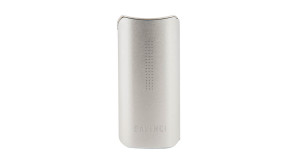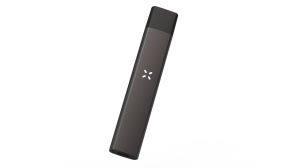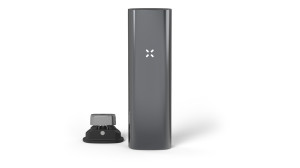Waxes, hash oils, and other forms of concentrated THC are coming out of the shadows, and vape pens designed specifically for vaporizing concentrates are flooding into the market.
Wax and Oil Vape Pens are Popular
Wax and oil are increasing in popularity availability in states with legal medical and recreational cannabis, creating better quality and more standardized results in these products. Design features and quality in vape pens are keeping pace, making this a hot new trend.
The History
While laws, regulations, and public discussion about the health effects of vaporizers is on-going, people everywhere are trying vaporizing for the first time.
Old habits die hard, but more and more people are becoming aware of the health effects of inhaling any kind of smoke. Vape pens, table top vaporizers, and vape mods are the safer alternative to smoking tobacco or cannabis.
Electronic vaporizers have only been on the market since about 2004, and developments in production of waxes and other concentrates has only really taken off in the last three years.
Wax only became widely known when a man calling himself BudderKing gave a talk on the subject at a medical marijuana conference in 2005. Wax only entered the competition at the Cannabis Cup Awards three years ago, and by 2015, entries in the ‘wax’ category overtook the long-established dry herb category for the first time.
Scientific studies on the health effects of using any kind of vaporizer in place of smoking are consistently showing vaping to be a safer alternative. The huge growth in vape pens, vape mods, and table top vaporizers sales over the last decade is evidence of consumer acceptance of this new technology and the developing product line of concentrates.
Vape Pens for Concentrates
Some people dab concentrates by heating a special piece of metal called a nail until it is red hot, then dropping the concentrate onto the nail. The vapor is inhaled as the concentrate sizzles. Some people do the nail heating with a small blow torch. Needless to say, this is dangerous for everyone and scary looking for on-lookers.
Vape pens made for concentrates have solved this problem. They have followed in the footsteps of dry herb vape pens, providing a safe, convenient way of enjoying your favorite concentrate.
Like their cousins for dry herb, wax and oil vape pens come in almost endless designs, colors, and styles. The one important difference between dry herb and concentrate vape pens is the atomizer where the heating takes place. Concentrates require a special atomizer, or the wax or oil can leak out of the chamber, creating both a hazard and a mess.
The earliest models of vape pens for wax used a cotton wick for holding the concentrate in the atomizer. These wicks can add a taste to the vapor and maybe even some contamination. Wickless, ceramic atomizers are now taking over. Ceramic atomizers come with one, two, or three heating coils, making temperature adjustment more exact.
The latest development in wax and oil vape pens is the quartz atomizer. Like ceramic atomizers they can have between one and three heating coils. Double coils are reported to deliver a milky, dab-like hit when vaping shatter, according to the 2015 High Times vape pen review.
Some vape pen models come with removable, interchangeable atomizers, letting you switch from dry herb to wax. Using the right atomizer for your stash is important for keeping your vaporizer working and for getting the most out of your vaporizer experience.
Wax and Oil Vape Pen Features
A dazzling array of optional features are available on today’s vape pens for wax and oil. These include:
- Built in batteries,
- USB charging option,
- Long-lasting battery charge for multiple sessions,
- Car chargers,
- Variable temperature control,
- Pens that sense which type of atomizer is in place and adjust the temperature automatically,
- Packing tools and storage containers for concentrate,
- LED lights indicating remaining power in battery or draws in chamber,
- Titanium nail for dabbing,
- Hose-whip attachments for multiple users,
- Multi-year warranty,
- Sleek and stealthy styles for discrete use.
Wax and oil vape pens have hit the mainstream market, riding the rising wave of new concentrated cannabis products and offering a healthier alternative to smoking.
Advantages of Concentrates
Concentrates have several advantages over dry herb, including:
- A more efficient and economical use of cannabis,
- Odor free when vaporizing,
- The concentrate itself has little odor and is very compact, making transportation easy,
- Concentrated delivery of THC means less hits for the same dose,
- Optional added flavors for a more multi-sensory vaporizing experience.
How Wax, Oil, and Budder Are Made
Wax, oil, budder, and shatter are all concentrated forms of cannabis containing between 70 and 90 percent pure THC. Which form the final product takes is a matter of timing, agitation, and temperature control during production. Other cannabinoids are also concentrated along with the THC, including the medically effective, but psychoactive-free CBD.
Concentrates are produced from dried cannabis leaves and flowers in several different ways. One way involves highly flammable butane, another way involves compressed carbon dioxide. Neither of these methods are safe for the average person to do at home.
The safest way of making wax is the ice water method. The dry plant matter is packed in plastic bags and put in the freezer for 24 hours. Then it is transferred into a fine mesh, nylon bag and submerged in ice water and agitated for about 30 minutes.
The THC containing, golden-colored tricoms fall off of the buds and leaves into the ice water and are then strained out. THC does not dissolve in water. When the water evaporates, you are left with a yellowish green paste looking a bit like real wax or butter.
With legalization in place in a majority of states, commercial production of concentrates has reached new highs. Finely tuned flavors, potency, and effects are now on dispensary shelves in many locations and coming to others soon.

